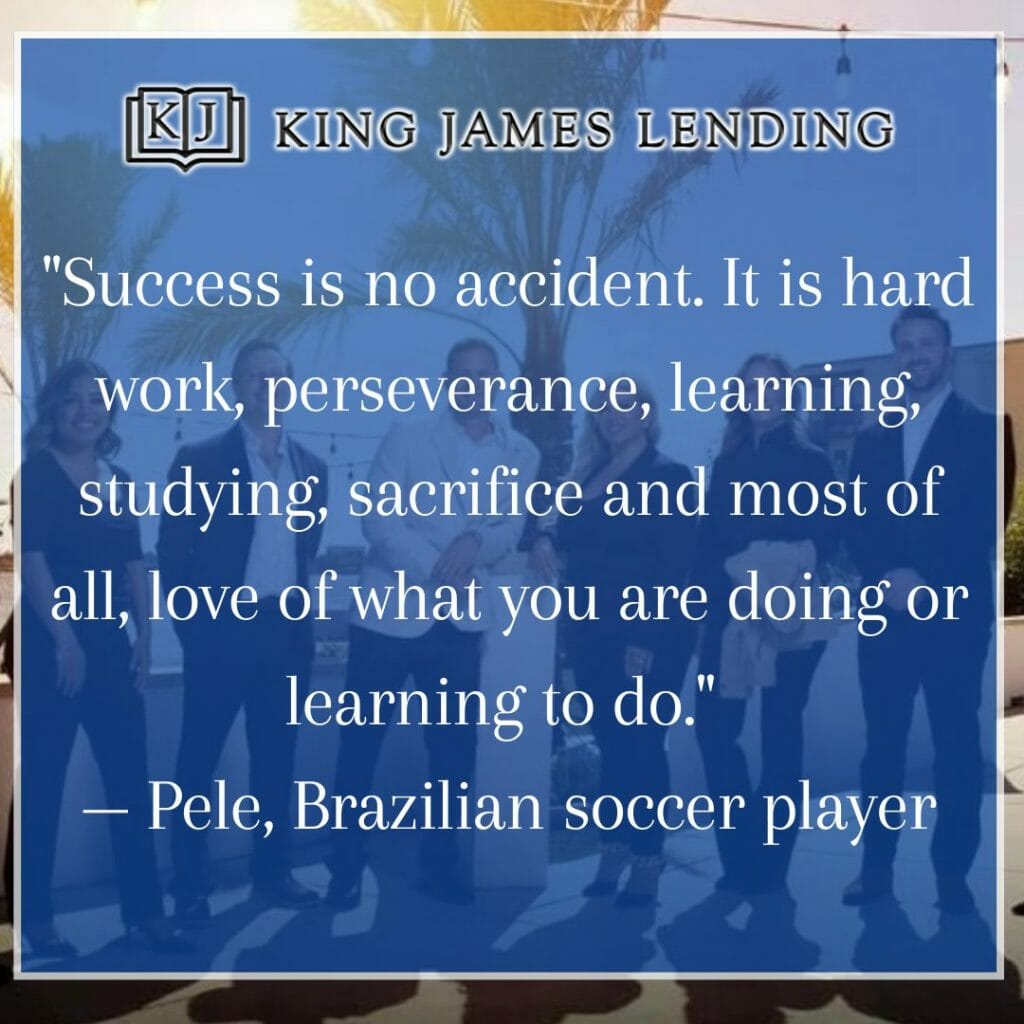Buy-and-hold investing is a great way to build your portfolio, ensuring that your investments stand the test of time. While fix-and-flip projects are popular these days, some investors prefer to grow a passive income. The buy-and-hold method allows them to play the long game.
Let’s take a look at this strategy and how investors use it to build a diverse portfolio. Then, we’ll provide a few tips for those new to the strategy.
What Is Buy-and-Hold Investing?
The buy-and-hold strategy may sound complicated. However, it’s actually quite simple in practice. Instead of buying, fixing, and flipping a property, the investor purchases a property (or properties) to keep in a long-term portfolio.
In many cases, these properties become rental properties. When real estate investors hold onto projects for an extended amount of time, it protects them from short-term fluctuations in the market.
If you do the right research and choose a property that can appreciate in value, you have the ability to earn a passive income from tenants. Moreover, you have a property that steadily increases in value.
5 Tips for New Hold Investors
This REI strategy can be quite lucrative with the right planning and hard work. However, knowing how to set yourself up for success is important. Here are 5 tips to help you handle buy-and-hold real estate investing.
1. Find the Right Market
Markets appreciate at different rates. To ensure you invest intelligently, be sure to put in the research on the area as well as the property.
2. Make Upgrades to Increase Rental Margins
If you intend to rent out your property, maximize your passive income by making minor yet meaningful improvements. Consider some simple renovations, such as the following:
- Refinishing cabinets
- Adding newer appliances
- Updating with a new coat of paint
3. Crunch the Numbers
Before you make a purchase, understand the numbers of your investment. Know the monthly fees and any associated costs. Additionally, plan out a range for the income you expect to receive from rental.
For instance, some neighborhoods have a Homeowners Association (HOA), and these organizations require monthly fees. Often, REIs avoid buy-and-hold investing in these areas because the fees cut into their return.
4. Know Your Landlord Duties
Typically, investors do not want to be landlords. Luckily, there’s a simple solution: a property manager overseeing the property on your behalf. Again, it’s important to take this into consideration beforehand so that you factor it into your calculations.
5. Have an Exit Strategy
Before you dive into buy-and-hold-investing, many REI professionals recommend thinking through a way out of the property. Consider how long you plan to invest and what factors might make you pull out early.
This helps you protect your investment, your portfolio, and yourself. Additionally, it will help you better understand the market.
Plan & Finance Your Next Investment Today
Whether you are new to real estate investment or experienced in buy-and-hold investing, our team is here to help you build a better portfolio. The team at King James Lending is more than a group of private lenders. We are a community of REI professionals working together to improve neighborhoods.
See how we can help you grow as an investor by contacting our team today.



